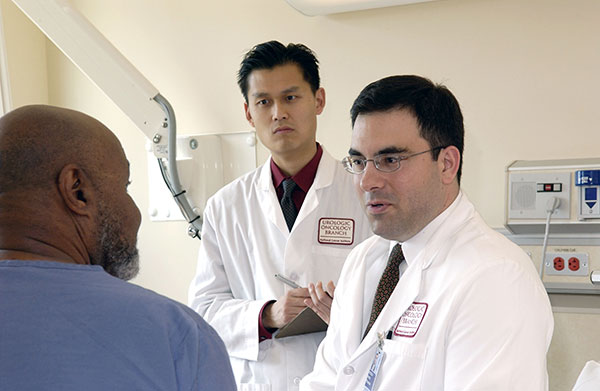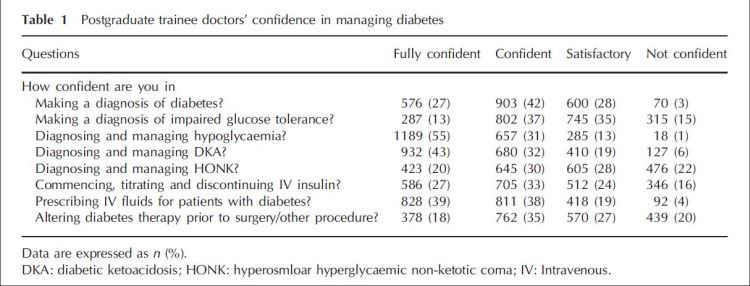From about 1964, there was increasing excitement that dialysis might become a major life-saving treatment for chronic renal failure, not just for acute renal failure. Transplantation was also in its infancy, but despite some promise, overall success rates at this time were very poor.
The post Dialysis and hepatitis appeared first on OUPblog.
Willem Kolff is famously the man who first put the developing theory of therapeutic dialysis into successful practice in the most unlikely circumstances: Kampen, in the occupied Netherlands during World War II. Influenced by a patient he had seen die in 1938, and in a remote hospital to avoid Nazi sympathisers put in charge in Groningen, he undertook experiments with cellulose tubing and chemicals and then went straight on to make a machine to treat patients from 1943.
The post Willem Kolff’s remarkable achievement appeared first on OUPblog.
By Richard D. Griffiths
Over the last half century, critical care has made great advances towards preventing the premature deaths of many severely ill patients. The urgency, immediacy, and involved intimacy of the critical care team striving to correct acutely disturbed organ dysfunction meant that, for many years, physiological correction and ultimate patient survival alone was considered the unique measure of success. However, over the last quarter century, our survivor patients and their relatives have told us much more about what it means to have a critical illness. We work in an area of medicine where survival is a battle determined by tissue resilience, frailty, and the ability to recover, but this comes at a price. As our focus has moved beyond the immediate, we have learned about the ‘legacy of critical care’ and how having a critical illness impacts life after ICU through its consequential effects on physical and psychological function and the social landscape.

This fundamental cultural change in how we perceive critical care as a specialty and where our measure of a successful outcome includes the quality of life restored has come about through the sound medical approach of listening to our patients and families, defining the problems, and carefully testing through research hypotheses as to causation and possible therapeutic benefit. It not only has changed how patients are considered and cared for after intensive care, but, through the detailed knowledge of how patients are affected by the consequences of the critical illness, it has fostered fundamental research to improve the care and therapies we use during their stay. As with all sound clinical advances, it has helped shed light and ill-informed dogma and helped re-focus the research agenda to ensure that the long-term legacies of a critical illness are equally considered. Immobility, oft considered of little consequence, is now recognized to be a significant pathological participant and contributor to disability. Amnesia, in short-term anaesthesia considered a benefit, now has defined pathological significance, along with previously poorly recognized cognitive deficits and delusional experiences, all consequences of acute brain dysfunction. The family, often in the past merely a repository of information, is now recognized to play a much greater role in how patients recover and are themselves traumatized by the experience, so meriting help and support if they are to assist in rehabilitation.
Perhaps the purest achievement has been the bringing together of contributions not just from patients and their families, but form the wide breadth of professionals deeply involved in the care of the critically ill from across many continents. Not only have the doors of the intensive care unit been thrown open, but so too have the minds of those working for the best care of our patients. The reward of a visit some months later of a patient brought back from the brink of death is cherished by a critical care team. Added to this, the knowledge that our patients are now understanding what happened to them and they and their families are being given the help to recover their lives following the legacy of critical care is something of which our specialty should be justly proud. We cannot ignore the lessons we have learned.
Richard D. Griffiths is Emeritus Professor of Medicine (Intensive Care) and Honorary Consultant at the Institute of Aging and Chronic Disease, University of Liverpool. He is a contributor to Textbook of Post-ICU Medicine: The Legacy of Critical Care.
Subscribe to the OUPblog via email or RSS.
Subscribe to only health and medicine articles on the OUPblog via email or RSS.
Image: Doctor consults with patient by National Cancer Institute. Public domain via Wikimedia Commons.
The post The legacy of critical care appeared first on OUPblog.


What do anaesthetists do? How does anaesthesia work? What are the risks? Anaesthesia is a mysterious and sometimes threatening process. We spoke to anaesthetist and author Aidan O’Donnell, who addresses some of the common myths and thoughts surrounding anaesthesia.
On the science of anaesthesia:
Click here to view the embedded video.
The pros and cons of pain relief in childbirth:
Click here to view the embedded video.
Are anaesthetists heroes?
Click here to view the embedded video.
Aidan O’Donnell is a consultant anaesthetist and medical writer with a special interest in anaesthesia for childbirth. He graduated from Edinburgh in 1996 and trained in Scotland and New Zealand. He now lives and works in New Zealand. He was admitted as a Fellow of the Royal College of Anaesthetists in 2002 and a Fellow of the Australian and New Zealand College of Anaesthetists in 2011. Anaesthesia: A Very Short Introduction is his first book. You can also read his blog post Propofol and the Death of Michael Jackson.
The Very Short Introductions (VSI) series combines a small format with authoritative analysis and big ideas for hundreds of topic areas. Written by our expert authors, these books can change the way you think about the things that interest you and are the perfect introduction to subjects you previously knew nothing about. Grow your knowledge with OUPblog and the VSI series every Friday!
Subscribe to the OUPblog via email or RSS.
Subscribe to only VSI articles on the OUPblog via email or RSS.
Subscribe to only health and medicine articles on the OUPblog via email or RSS.
View more about this book on the 


By Rowan Hillson
The first time I increased a patient’s insulin dose I lay awake all night worrying that his blood sugar might fall too low. I was a house officer, and insulin was scary! The patient slept well and safely.
Diabetes is common, chronic and complicated. A recent nationwide audit of 12,191 people with diabetes in 206 English acute hospitals found that 15% of beds were occupied by people with diabetes. Worryingly, 37% of these patients experienced at least one error with their diabetes medications (the full results can be read here).
The National Patient Safety Agency (NPSA) has had over 16,000 reports of insulin incidents. In 2010 the NPSA issued an alert requiring action for all health care professionals to improve prescribing and administration of insulin, which was linked to a “Safe use of insulin” e-learning course.
I trained over 30 years ago. Are junior doctors more confident now? Apparently not. A study of 2149 junior doctors by George et al provides worrying evidence that UK trainees lack confidence in managing diabetes. Just 27% were fully confident in diagnosing diabetes, 55% in diagnosing and managing dangerous low glucose and 27% in managing intravenous insulin. Regarding management of diabetes, 24% of respondents would “not often, rarely or never” take the initiative to improve diabetes control. 43% would not adjust insulin in patients with poor glucose control.
Confidence is a combination of knowing what to do and believing you can do it. Experience helps. Also, we all need to know what we don’t know and when to ask for help. An unconfident doctor may make the patient anxious. Galen believed that in the 2nd Century: “Confidence and hope do more good than physic”.
Trainee doctors receive varying amounts of diabetes training and variable supervised experience of looking after people with diabetes. With too little training, trainees may rightly be worried about managing diabetes. Inadequate care of people with diabetes in hospital could worsen virtually every clinical outcome regardless of the main reason for admission. It also worsens patient experience. Diabetes is a common, potentially dangerous but eminently treatable condition. All units in all hospitals should have access to a specialist diabetes team. And trainee doctors should have training and support in diabetes management until they each feel confident in looking after people with diabetes under their care.

Table from the paper ‘Lack of confidence among trainee doctors in the management of diabetes: the Trainees Own Perception of Delivery of Care (TOPDOC) Diabetes Study’, QJM: An International Medical Journal, Advanced Access, 21 April 2011
Read on for an excerpt from Dr Hillson’s commentary ’Diabetes – big problem, little confidence’, which is published in QJM: An International Journal of Medicine, Advanced Access, 21 April 2011. You can read the
0 Comments on Diabetes: big problem, little confidence as of 1/1/1900





